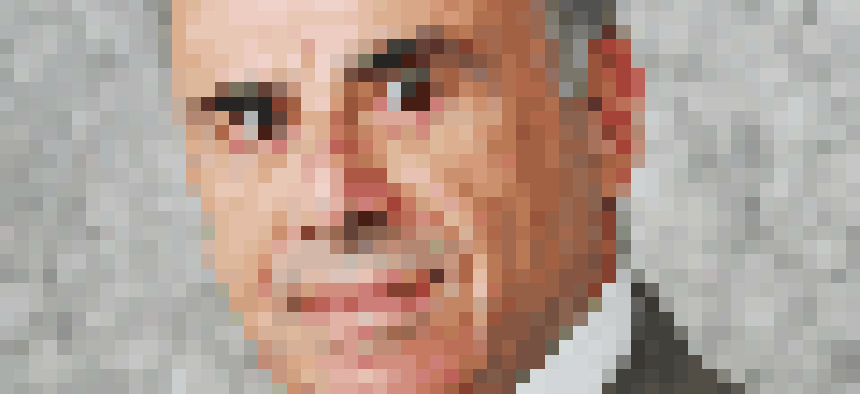Intelligence reform falls flat without technology

Calls for reform of the intelligence community have their merits, but let's not forget the vital role technology plays, writes associate Editor David Hubler.
A recent op-ed article in the Wall Street Journal declared the U.S. government “complacent about terrorism” and of course cited the attempted Christmas bombing aboard a Detroit-bound flight and the deadly suicide attack on a CIA base in Afghanistan.
The authors of the piece – a management and economics professor at the London School of Economics and a senior lecturer at the University of Chicago Law School – demanded reform of the U.S. intelligence services, which they found to be too many and too unwieldy. They suggested a consolidation into only four agencies.
The authors are not intelligence professionals, but their call for change is typical of the frustration in this country over near-misses and fatal attacks by radical individuals bent on killing. Also, their suggested solution is not totally without merit, but they place too much blame on an intricate system with which they have little or no experience.
The authors also fail to take into consideration the fact that behind-the-scenes technology – in the form of signal intelligence and communications intelligence, sigint and comint, among others – which they know nothing about is constantly being upgraded and advanced with the aim of preventing similar attacks before they occur. And we don’t know how many instances there are of technology already successfully having prevented attacks and saved lives.
During my orientation into CIA as a young man more than a few years ago, agency instructors drove home to us one overriding theme regarding the work we were about to begin that has left an indelible impression on me. “Your successes will never be known; your failures will become general knowledge,” they said.
Even in those Cold War days, intelligence technology was far ahead of what the general public knew or even dreamed of. Rudimentary (by today’s standards) overhead imagery was able to discern the makes and models of vehicles in the Langley parking lot or on the Golden Gate Bridge taken by a satellite flying over northern Canada, for example. Toothpick-thin transmitters embedded in walls could pass along monitored conversations to vehicles passing by at scheduled intervals. Stuff even James Bond didn’t have.
Many of today’s technology advances to thwart terrorism remain classified, but I know they are out there – either already on the front lines in the war on terrorism or on the drawing boards of technology companies across the country. And I don’t mean just full-body X-ray scanning machines installed at airports.
I can’t imagine what technological advances and weapons we will see in the next few years to go against al-Qaedi and other terrorist forces, but whatever it is, I am confident it will beat a pack of explosives in a pair of Fruit of the Looms.

